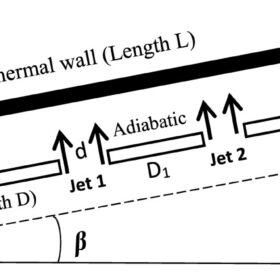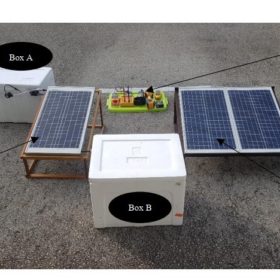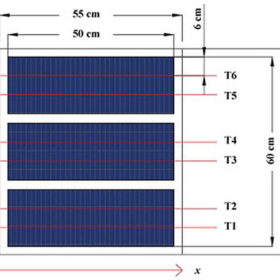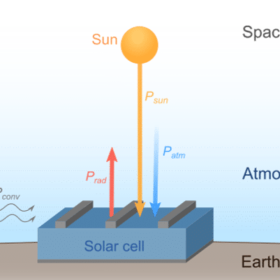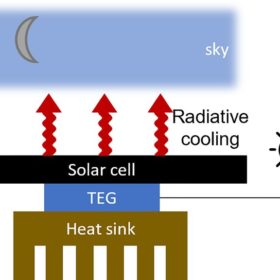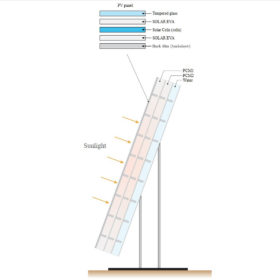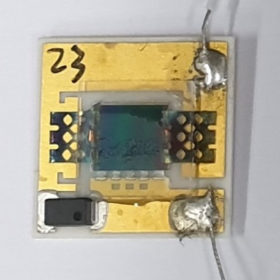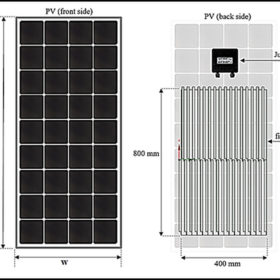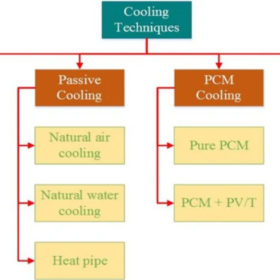Solar module cooling tech based on nanofluid jets
The system consists of a double jet of nanofluid in a 2D channel placed below a heating plate that adheres to the photovoltaic panel. It uses water mixed with copper nanoparticles as a nanofluid.
Cooling solar panels with bio-inspired coconut fiber
Malaysian scientists have tested bio-inspired coconut fiber to cool down solar modules. The cooling system features a moist coconut pith encapsulated with a polyurethane sheet. It is placed on the back of a PV module’s surface and acts as a heat sink.
Passive solar module cooling tech based on paraffin wax
Egyptian researchers have used paraffin wax as a phase-change material (PCM) to reduce the operating temperatures of PV modules. They have found that the material improves power yield by more than 15%, compared to a reference module without cooling.
Cooling down photovoltaic panels with concrete
Scientists in Italy have proposed the use of radiative coolers made of cementitious materials to reduce the operating temperature of solar panels. The novel system configuration consists of a stack made by a reflector, a cement-based radiative cooler, and a bifacial solar cell.
Radiative cooling for PV modules – challenges and prospects
A group of international scientists has investigated the potential use of radiative cooling in PV systems, in a newly published review focusing on challenges and opportunities for the passive cooling technology.
Radiative cooling-based solar cell with 50 mW/m2 of generation at night
Stanford University scientists have developed a solar cell with 24 hours of power generation via an embedded thermoelectric generator, which extracts power from the radiative cooler at night. Extra daytime power from excess heating comes from the cell itself.
Two-layer phase change materials for solar module cooling
Researchers in Iran have tested four different two-layer PCMs across several cooling system configurations and have found that the payback time of the proposed cooling tech is still far from reaching commercial viability. The system, however, was able to improve PV power generation by more than 3% and produce hot water with a temperature of up to 48 Celsius degrees from the solar module’s excess heat.
Multi-junction solar cell integrating radiative cooler
The triple-junction solar cell is based on indium gallium phosphide (InGaP), gallium arsenide (GaAs), and Germanium (Ge) and is made with a micro-grating made of glass, consisting of a two-dimensional x-framework structure fixed onto the surface of the solar cell. Its operating temperature was found to be 6 degrees Celsius lower than that of a reference cell without the cooling technique.
Multi-level fin heat sinks for solar module cooling
Developed by Malaysian scientists, the proposed multi-level aluminum fin heat sinks (MLFHS) were found able to reduce the module operating temperature by up to 8.45 degrees Celsius and increase power yield by up to 10.75%. The system cost was estimated at $0.60/W.
PV module cooling techniques at a glance
Egyptian researchers have analyzed all cooling techniques for solar module cooling. Their review includes passive and active cooling methods, cooling with phase change materials (PCMs), and cooling with PCM and other additives, such as nanoparticles or porous metal.
